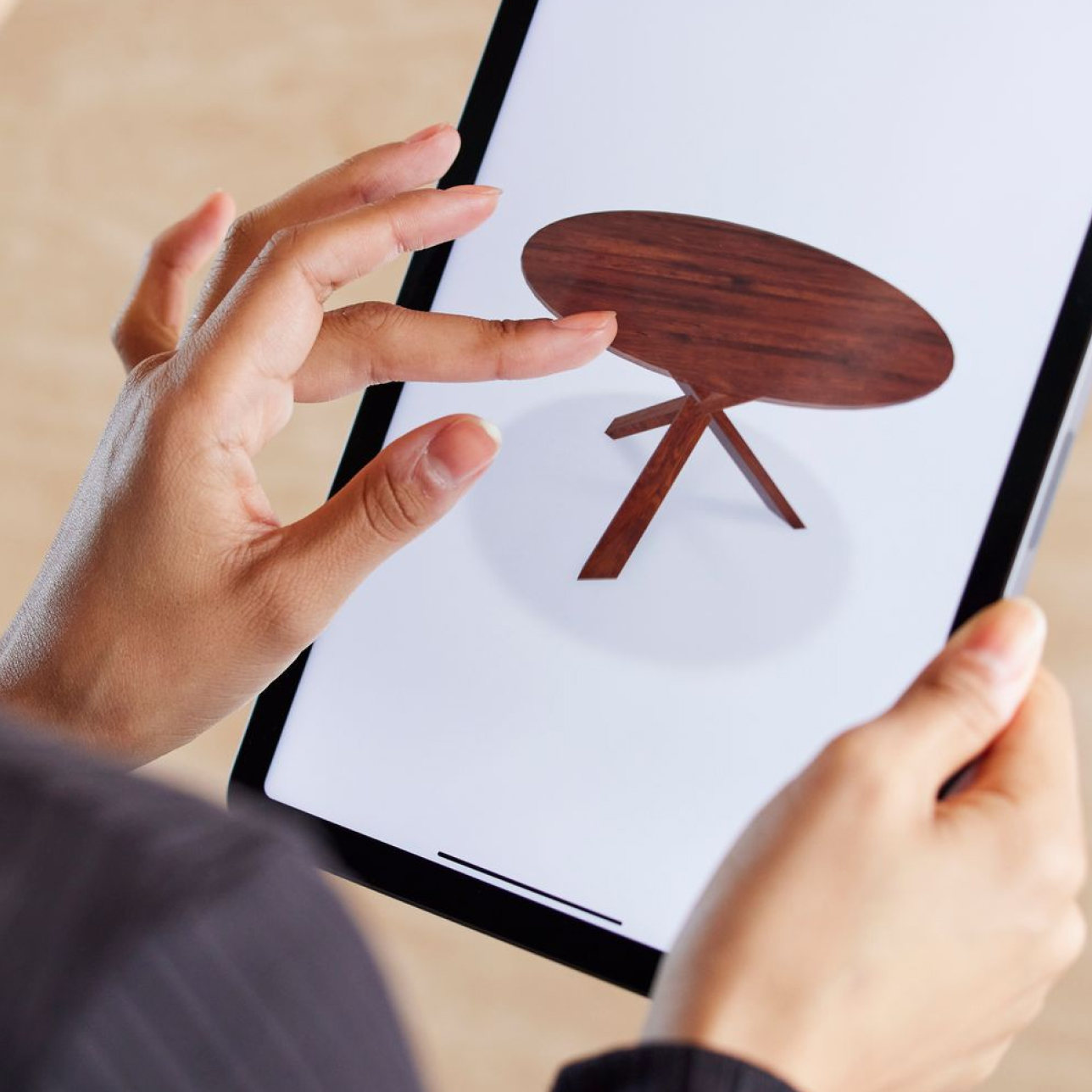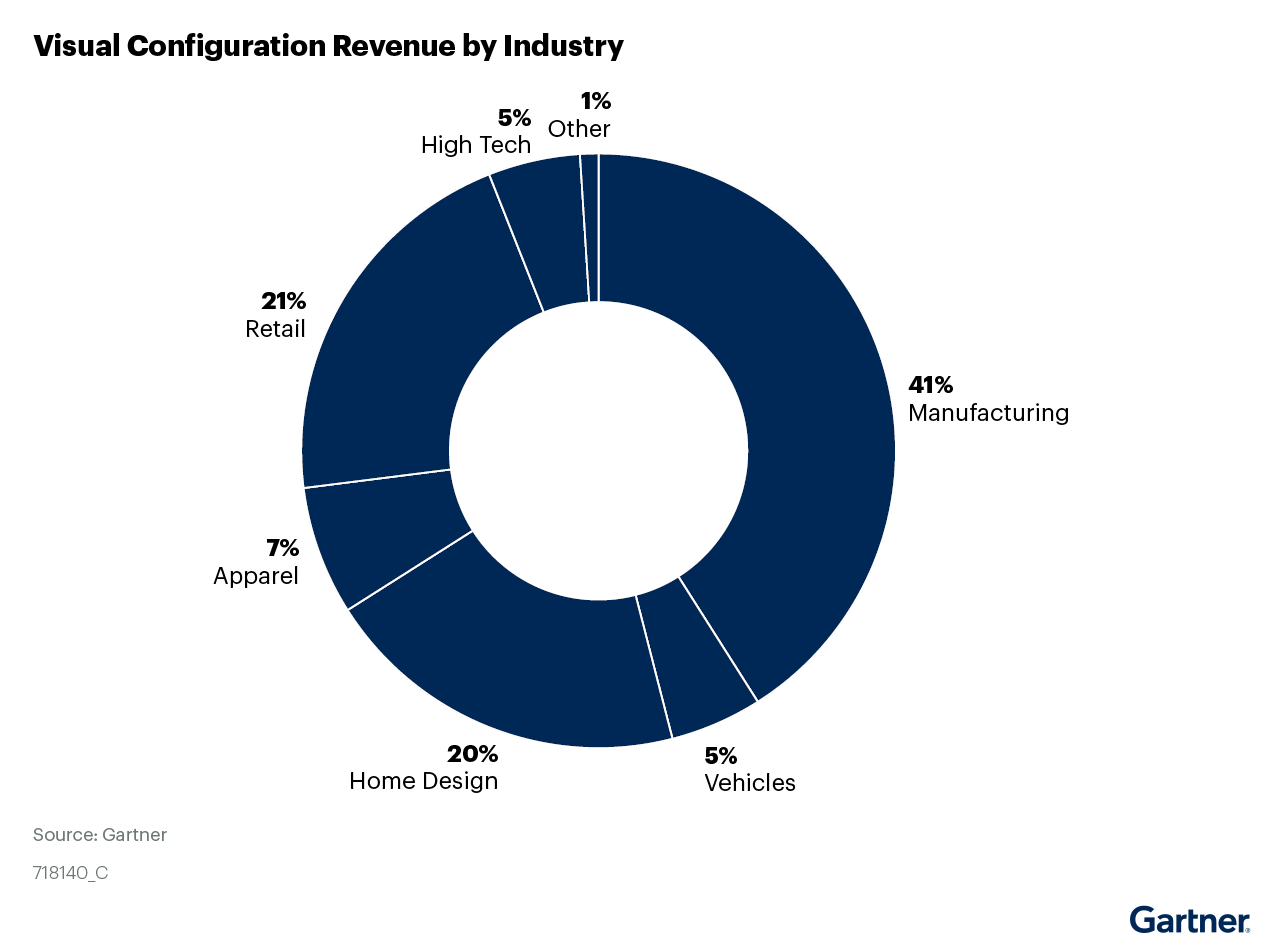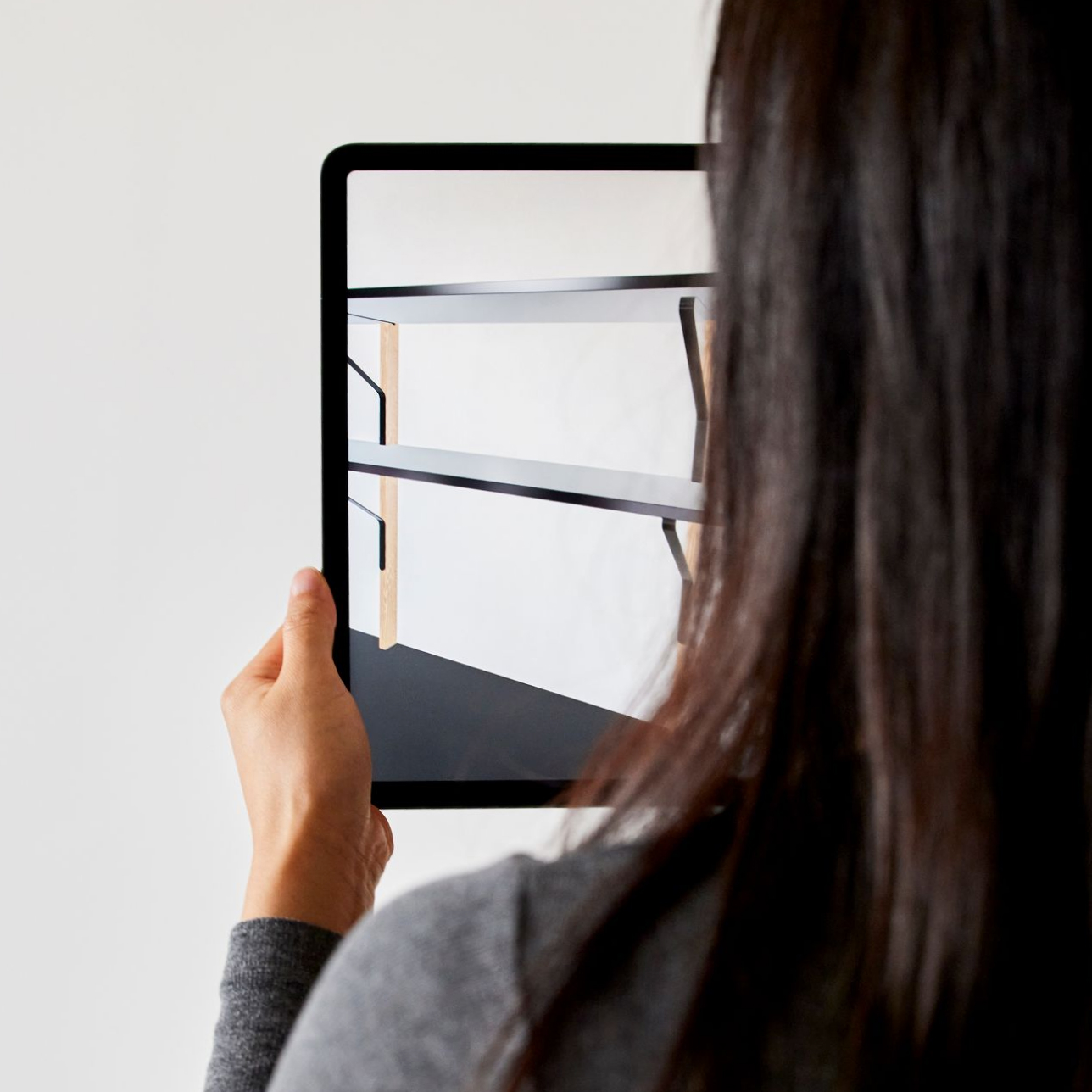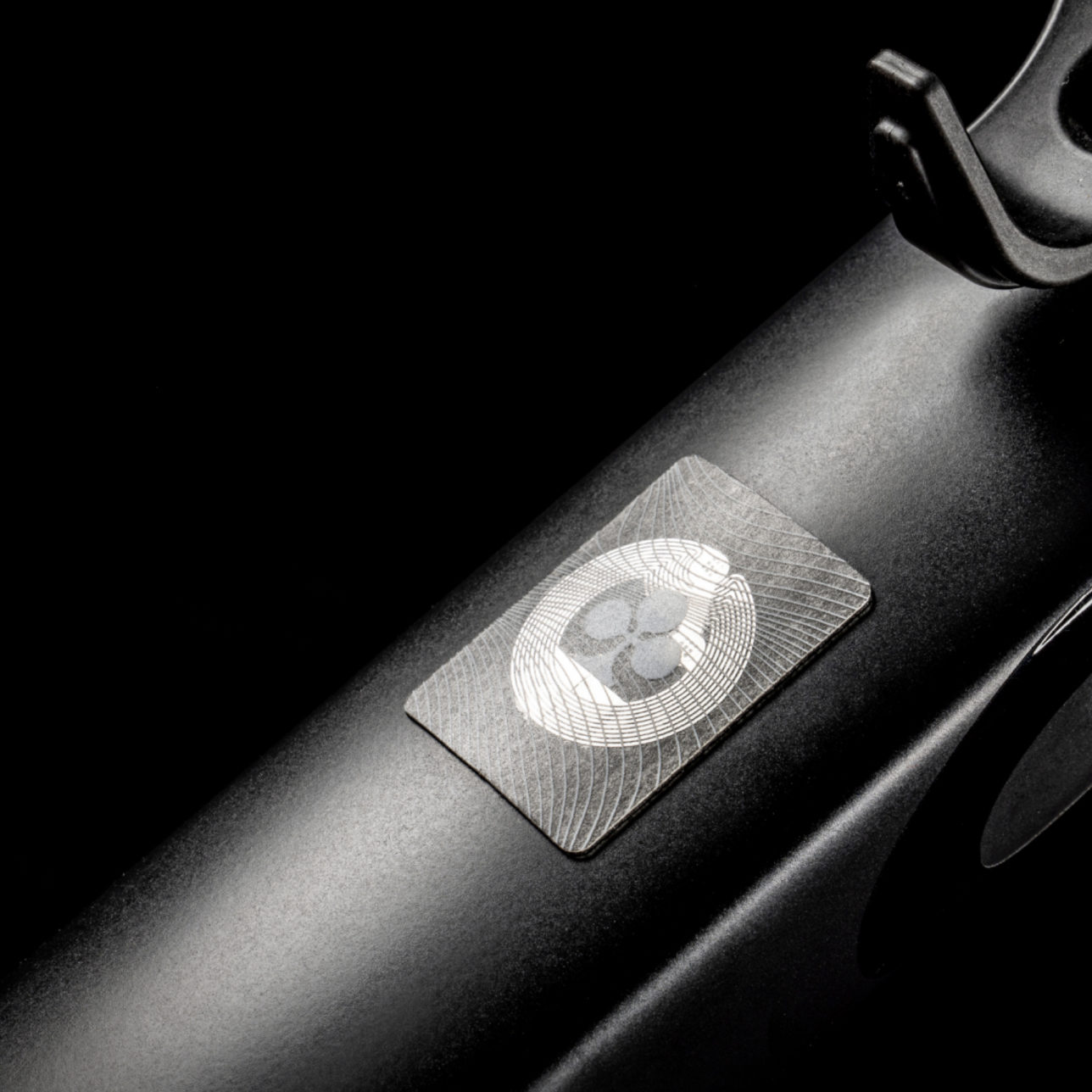Home & Furniture: How Can a 3D Product Configurator Streamline Your Sales Process?

In weighing up the purchasing decision for larger household items – sofas, wardrobes, dining tables, beds – how much detail is too much? Customers increasingly look online to gain access to a host of information before adding to cart: a gallery of images, in depth product descriptions, measurements, materials, weight, assembly options, reviews and delivery amidst many other factors. As these big ticket items tend to cost anywhere from a few hundred to several thousand pounds (and beyond), there is some hefty deliberation before checkout. So – is there a way to hack the system? And how can a 3D product configurator boost your sales process for the better?
3D product configuration supercharges purchasing decisions…
Today, 3D configuration provides better product visualisation than ever before. Rather than replacing the need for an image gallery – which is de rigueur across every ecommerce site and the comfort zone of every user of the world wide web – 3D product configuration elevates user experience on every device and interface. Unlike scrolling through images or playing and pausing video content, 3D product configuration goes one step further to give users full control. This functionality grants a user complete autonomy to view a product from every angle, at their own pace and according to their own specific requirements. A recent Gartner® report found that a 48% of companies in retail, apparel and home design have already adopted visual configuration.* One of the key findings in the report reads, “companies that implement visual configuration solutions see significant improvement in their deal win rate, lower costs for drafting design files (e.g., CAD), less rework in the factory and lower carrying costs for samples at retail locations.”

Fig. 1 Visual Configuration Revenue by Industry
*Gartner, Innovation Insight for Visual Configuration Study, Refreshed June 9, 2022.
…whilst also providing measurable customer engagement.
Not only does this relieve the pressure on customer service within the funnel, it also empowers your sales team with essential cutting edge tools for maximum success. With the advent of omnichannel customer journeys (where a visit to a physical store can be an impossible variable to measure within your buyer’s journey), in-store configurators can be used as ‘cookie collectors’ to join the dots between offline and online activity. By encouraging customers to try out and play with configurations on their phone in-store, their physical interaction can be measured, their journey mapped and the experience honed and optimised for sales success. Ultimately, providing a customisable product and AR realisation gives today’s customer a taste of the tailormade experience they’re looking for.
Augmented reality brings it home.
In the words of the late great Freddie Mercury – is this the real life? Is this just fantasy?
Augmented reality (AR) technology is a match made in heaven alongside 3D product configuration, allowing customers to create and visualise their furniture or home decor product in their own space before purchase and delivery. This takes guesswork out of the game as customers are able to get a better understanding of how a piece of furniture accurately fits within their home and works with their aesthetic. Dimensions, colour and fit are all accounted for, giving customers an accurate portrayal of how they can utilise and maximise their existing space and where a piece of furniture may be best placed to suit their lifestyle. This process minimises the need for lengthy customer service queries, irksome returns and elevates UX over and above your competitors – a necessary edge in the current climate.

3D configuration streamlines B2B design and manufacturing processes
The use of a configurator during the design process may seem like expensive or flashy tech, but consider the alternative; multiple physical samples manufactured, visits and appointments to the factory not to mention shipping costs of samples that will never see the showroom floor. For B2B brands faced with this dilemma on every product line the cost saving is astronomical – especially as most manufacturers already have product CAD drawings at their fingertips. The next step in realising these creations in photo realistic 3D detail isn’t such a huge leap.
The use of product configuration and AR in the B2B market doesn’t stop there. Shipping product samples is a huge cost to this industry. And whilst impossible to eliminate completely, a 50% reduction in sample shipping can make a significant impact on your bottom line. Configurators allow stockists to visualise a product before ordering in bulk, viewing multiple colours and finishes with different room styles and existing complimentary products. A recent Gartner study found companies that implement visual configuration solutions see lower costs for drafting design files (e.g. CAD), less rework in the factory and lower carrying costs for samples at retail locations, too.* The result? Equipping your business with the tech to share these product configurators with stockists to integrate with their B2C websites takes return on investment (ROI) to a whole new level.
Look to the future with London Dynamics
In home design and furniture ecommerce, 3D configuration boosts customer control whilst slashing a typical sales process for maximum efficiency; minimising returns and removing pressure on sales and customer service teams.
Propelling commercial success and leading the charge into the metaverse, every aspect within the supply chain – from manufacturing and design to physical stores and ecommerce – can benefit from the visual optimisation that product configurators and AR deliver. The message is clear: lead the charge into this brave new world, or eat the dust of your competitors who may just pip you to the post.
GARTNER is a registered trademark and service mark of Gartner, Inc. and/or its affiliates in the U.S. and internationally and is used herein with permission. All rights reserved.

Schedule a 30 minute introductory call with our team to learn more about the opportunities for your business.
Industry Insights.
We’re working at the forefront of digital technology and believe in sharing knowledge within the industry to help elevate and unlock the power of 3D.

